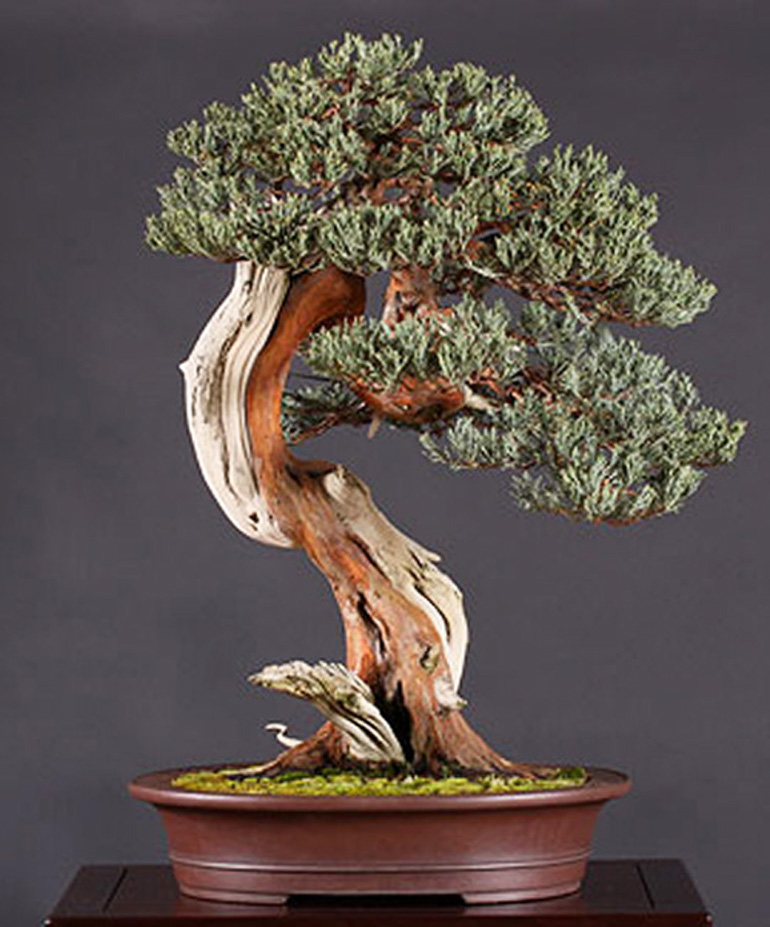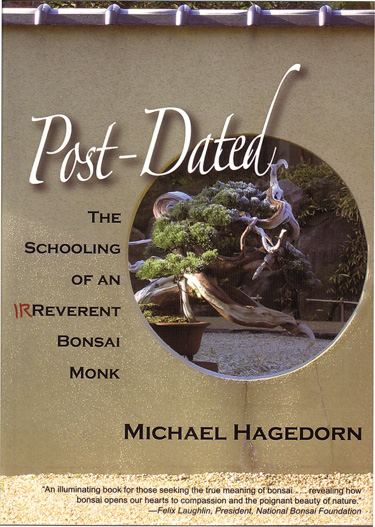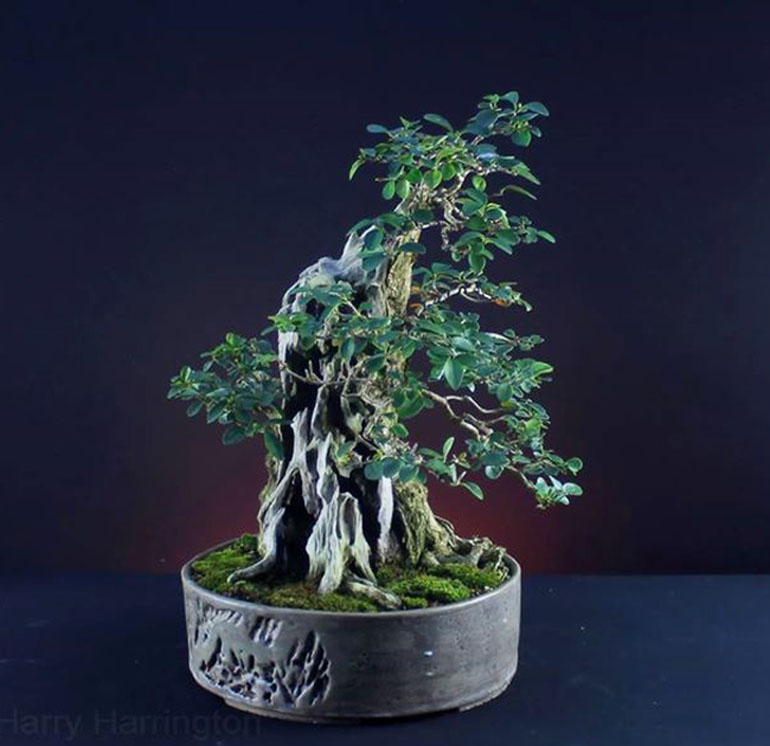 We've shown this Harry Harrington privet before, but it's worth another look.
We've shown this Harry Harrington privet before, but it's worth another look.
I’ve long been impressed with what Harry Harrington has been up to. Both his bonsai techniques and the results, as well as his willingness to share what he knows (three books and a website full of useful techniques and other information). Yesterday it was a remarkable yew. Today it’s a field grown privet and an excerpt of an article Harry wrote on field growing. Both are from our archives.
One reason we’ve featured field growing so much is that the USDA restrictions make importing quality stock from Asia somewhere between difficult and impossible (Europe is a whole other story – it’s easier for them to import plants from Asia). This means that if we are going to develop quality bonsai stock in this country, we need to learn how to grow our own.

Harry's distinctive carving. If you compare this tree with the one in yesterday's post, you can't help but notice strong similarities.
The following text is from Harry Harrington’s bonsai4me.com, as are all the photos shown here.
Field Growing Trees For Bonsai by Harry Harrington
“A common misconception amongst newcomers to the art of bonsai is that trees (bonsai) with large, thick trunks must have had decades of training to become the size they are and that a thin-trunked seedling will one day acquire a thick mature trunk even though it is planted in a bonsai pot.
“Unfortunately, once a tree is growing in the confines of a small pot, with its roots restricted and upper growth regularly pruned, the trunk and branches of the tree will only thicken very slowly.
“Large bonsai with thick trunks are nearly always developed in the ground prior to being planted into a pot; some are purposely field grown, some are collected mature trees.
“As a tree develops new growth during the growing season, it lays down new wood to feed and supply its new shoots and leaves. The more new shoots and foliage the tree produces, the more new wood is developed to support this new growth. This new wood grows around the outer ring of the trunk and branches in an almost direct passage from the new shoots, back through the trunk to the root system, gradually increasing the trunk’s diameter. Therefore, the greater the amount of new growth a tree achieves in a season, the greater the increase in the girth of its trunk (continued below).
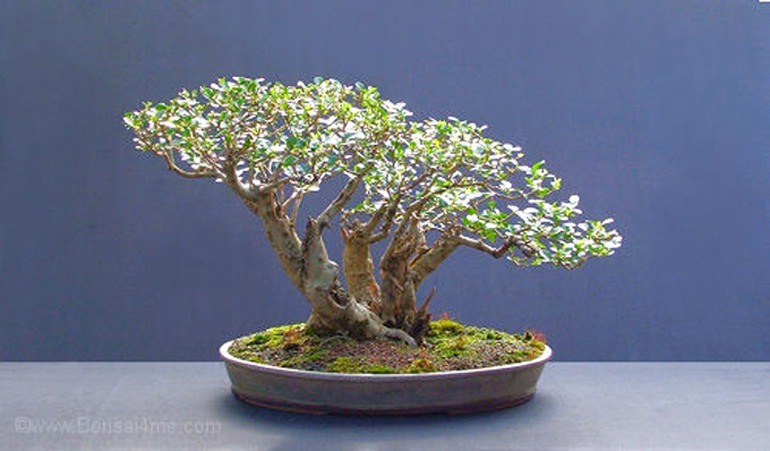
We first showed this raft style Privet back in 2011. We found it at bonsai4me.com. Harry originally found it in a hedge.
A tree that is allowed unrestricted growth will always thicken faster than a tree that is pruned.
“The best way to promote unrestricted growth in any tree or shrub is to plant it into the ground; a large container is an alternative but not equivalent to growing in the ground. (This is chiefly due to the difference in dynamics of soil held within a container and that of a large mass of ground-soil; be wary of planting trees in overly large containers, this can in fact slow growth. See Overpotting).
“Field-growing techniques can be used within any area of ground, if an area of land is unavailable to you (as is often the case) trees can be grown on (and enjoyed) in the garden amongst ordinary garden schemes, as ‘temporary’ 5-10 year hedges or as ‘temporary’ garden specimens. It is also possible with a little work to build raised beds specifically for the purpose of field growing; raised beds can be walled with brick or wooden planks and filled with good quality soil.
“Any tree/shrub species can be used for field growing as long as it is hardy in your local climate. Native species naturally thrive in your local climate and will therefore respond to give the best results; other species will develop well but can take longer to establish in the ground before growing with real vigour.
“Any age or size of tree is suitable for field growing as long as it is well developed enough to compete with any grasses or weeds that might compete for light or moisture. Generally, cuttings, seedlings or saplings should be at least 2 years old before planting out unless you are able to cosset them for the first year.”
For more go to Field Growing Trees For Bonsai
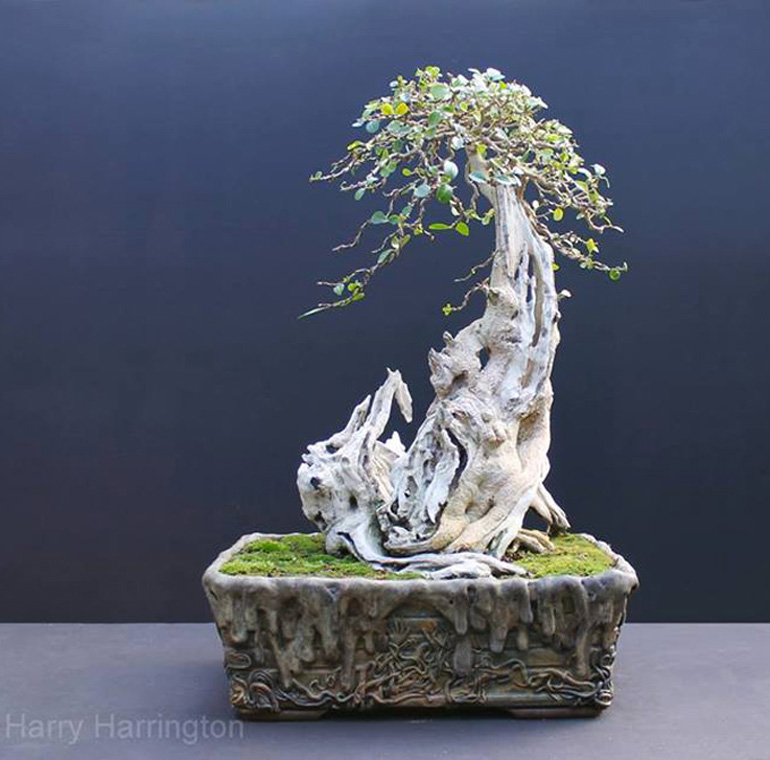 Here’s another Privet. Harry’s collected this one from a hedgerow. The melting pot is by Victor Harris.
Here’s another Privet. Harry’s collected this one from a hedgerow. The melting pot is by Victor Harris.
25% off all of our very large selection of
Bonsai Wire

You can never have too much bonsai wire
We just received another large shipment of wire
with another one hot on its heels
this is a good time for you to stock up
(and for us too make some space in our warehouse)
plus FREE Shipping on U.S. orders of 50.00 or more

Before. Already a very impressive bonsai. Just needs an expert hand to bring out its best.
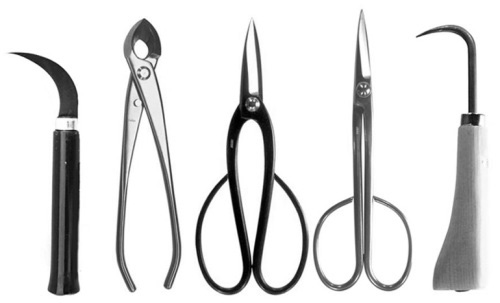
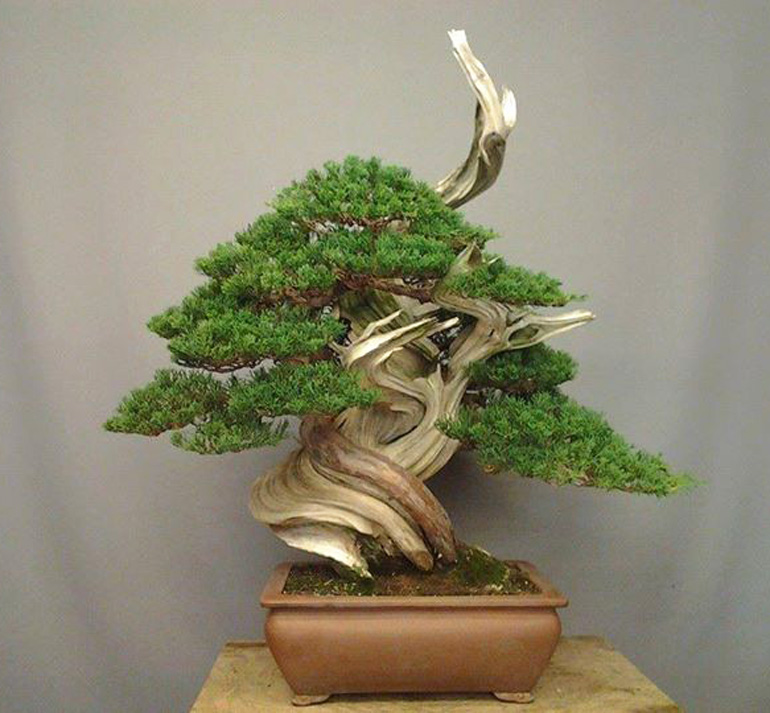
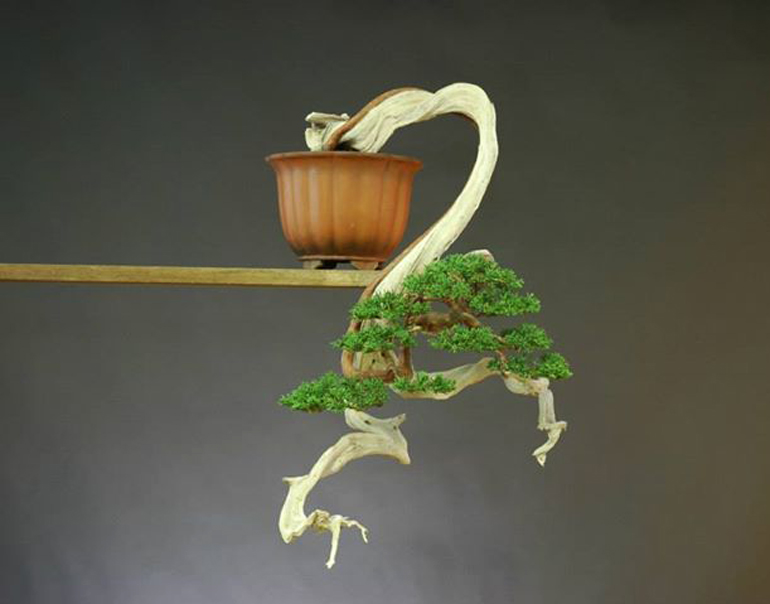

 A very impressive tree on a very impressive turntable. The impressive tree is Holm oak that belongs to Raffaele Perilli. The impressive turntable is a Green T that’s available at Stone Lantern for only 345.00 including shipping (Free Shipping in the U.S. only).
A very impressive tree on a very impressive turntable. The impressive tree is Holm oak that belongs to Raffaele Perilli. The impressive turntable is a Green T that’s available at Stone Lantern for only 345.00 including shipping (Free Shipping in the U.S. only).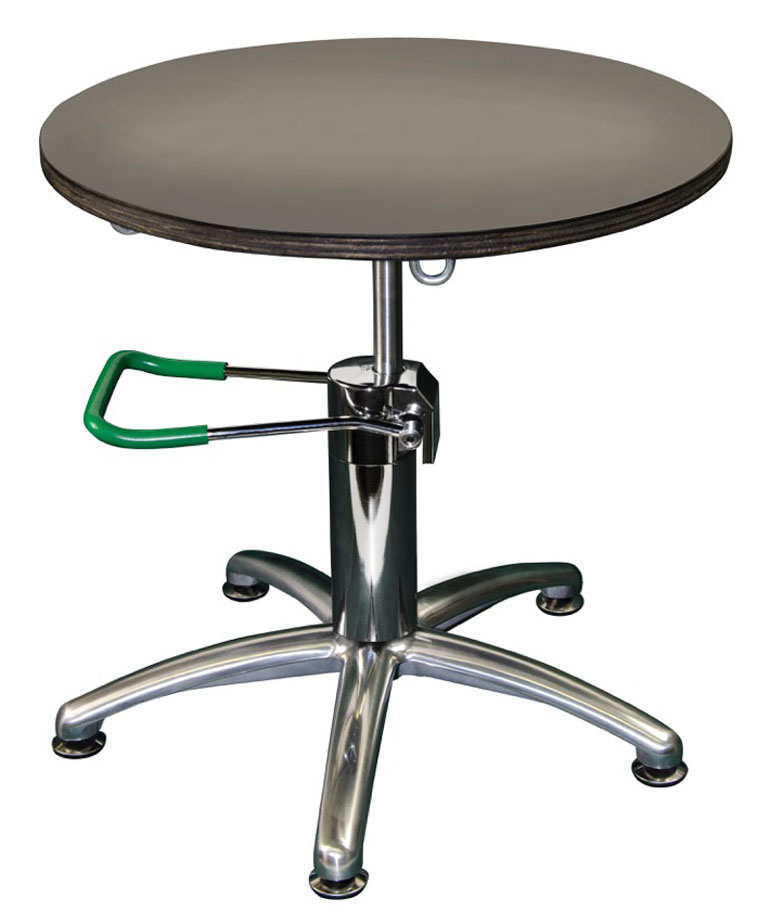
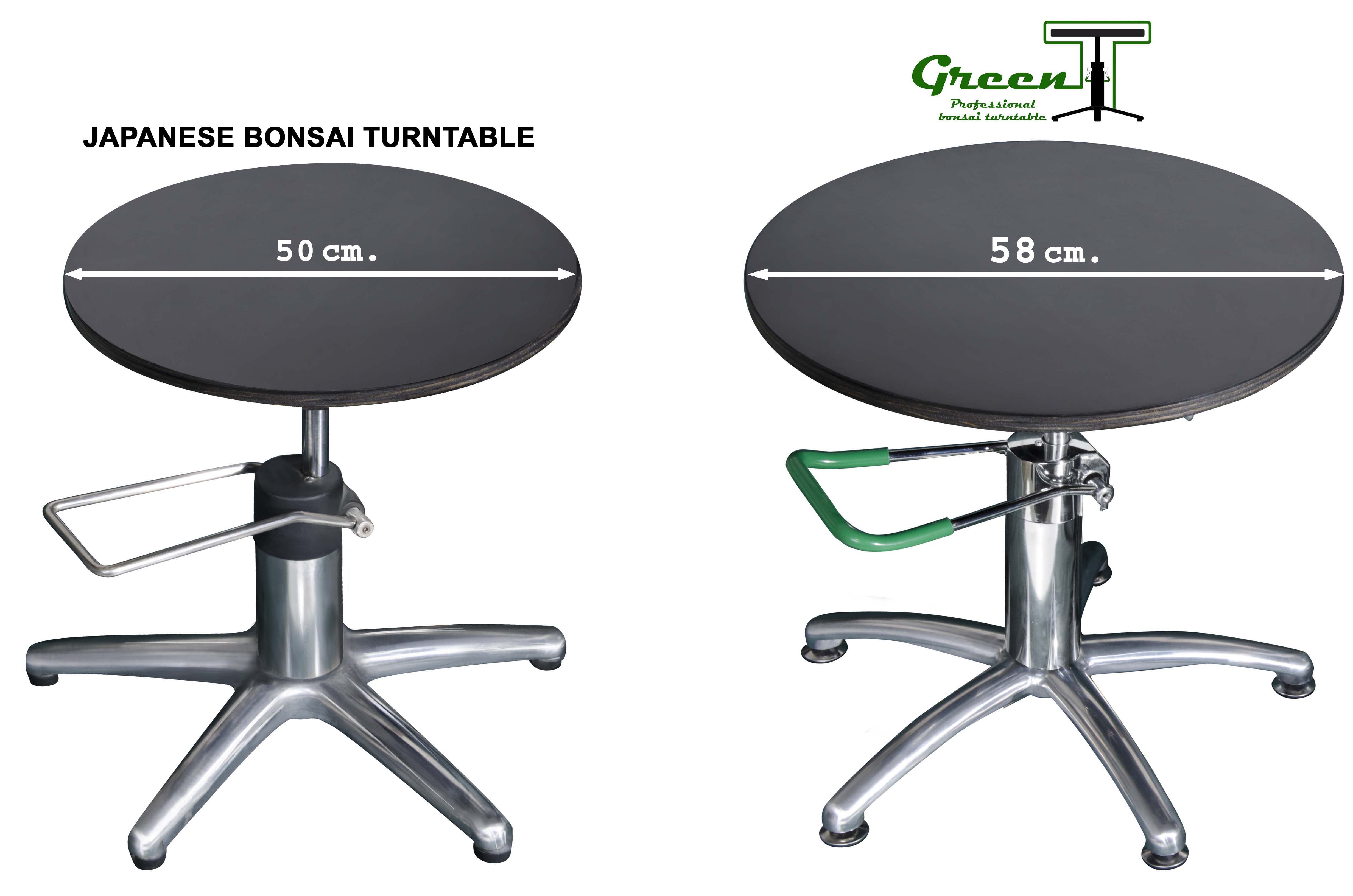

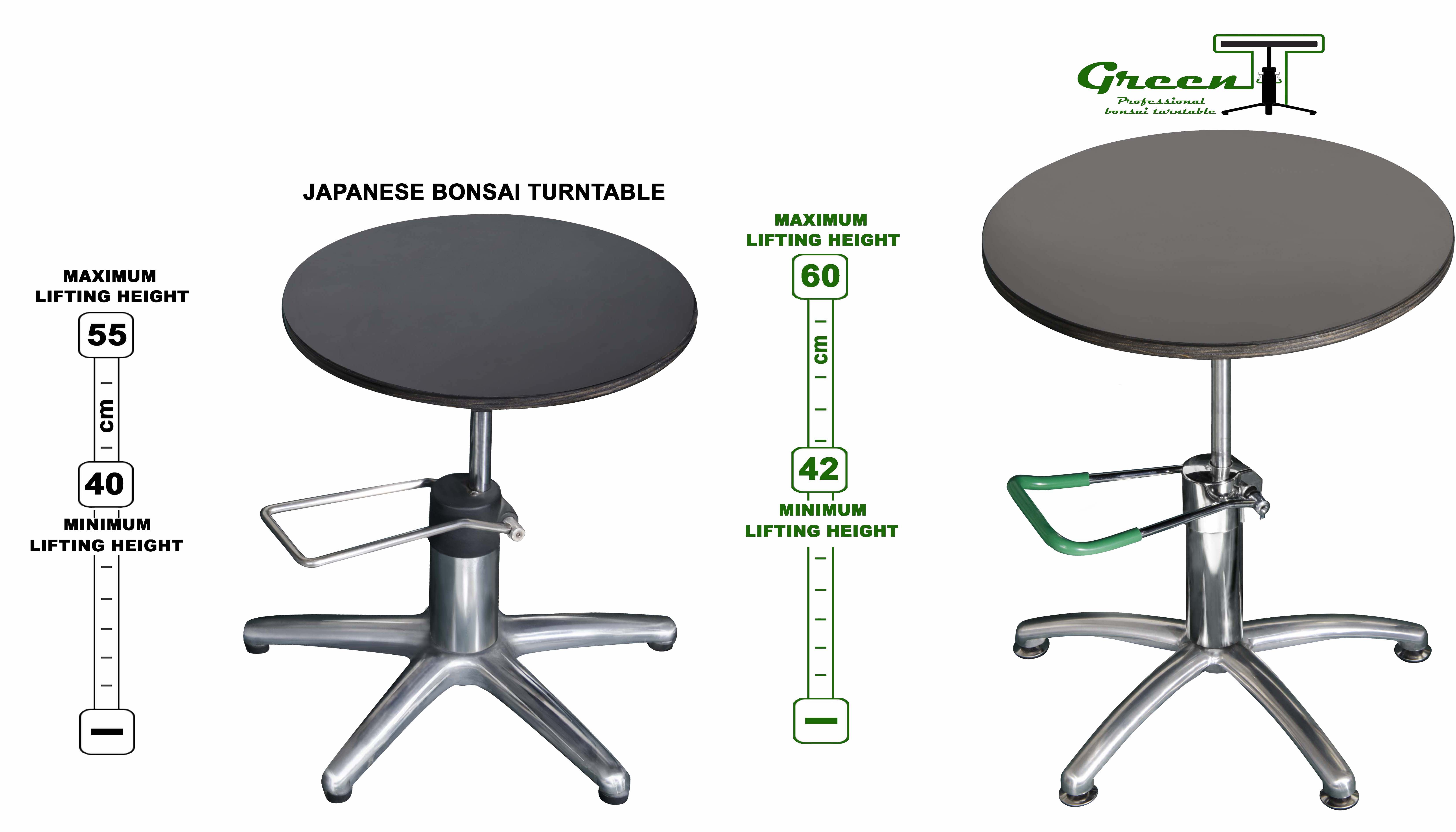







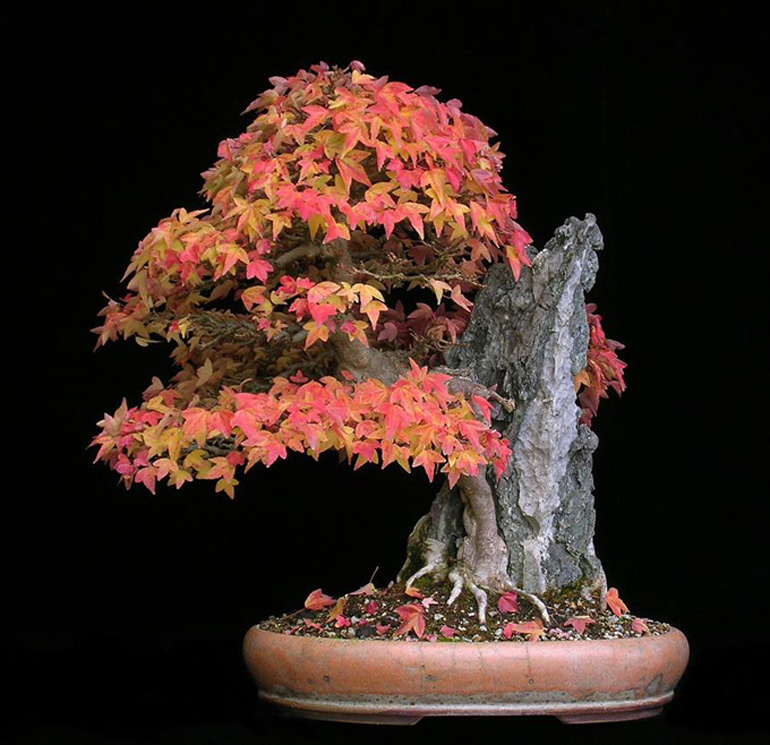
 This ariel shot shows part of
This ariel shot shows part of 

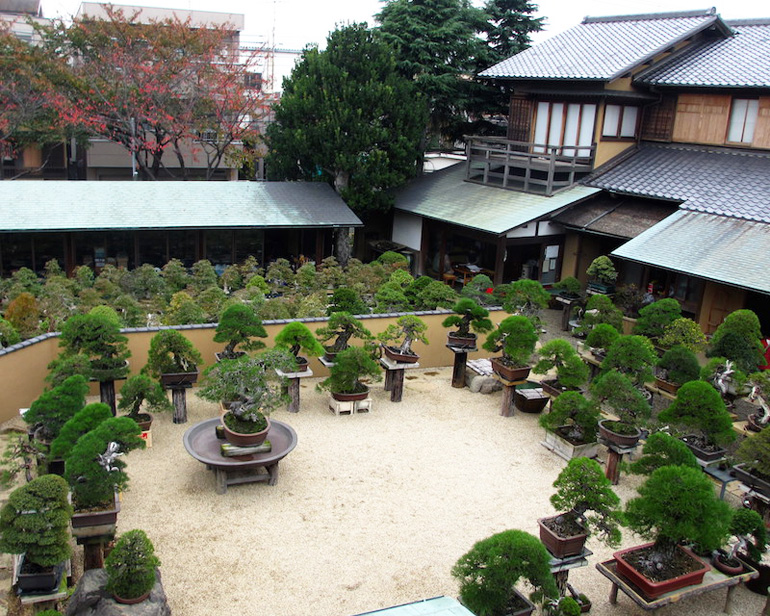 Here's another shot of the famous Shunkaen Bonsai Museum/Garden. Oscar of
Here's another shot of the famous Shunkaen Bonsai Museum/Garden. Oscar of 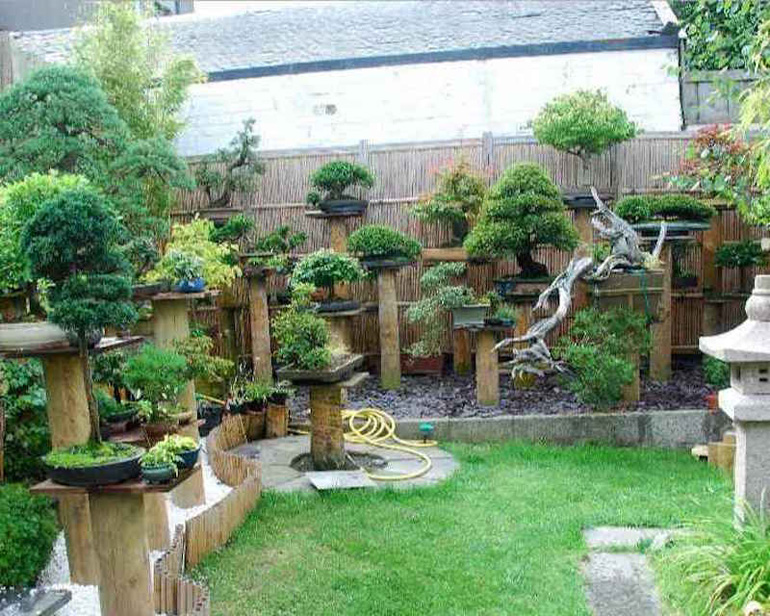
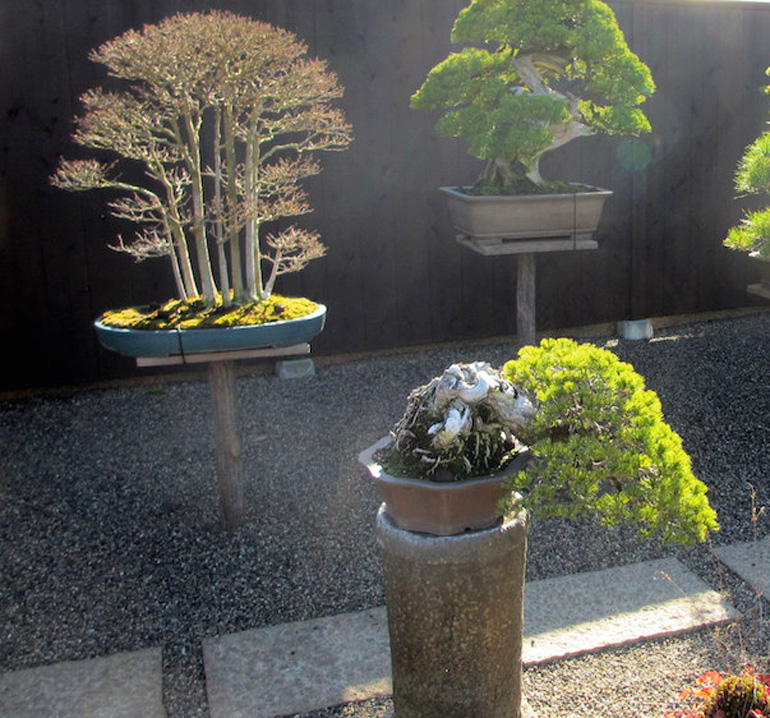
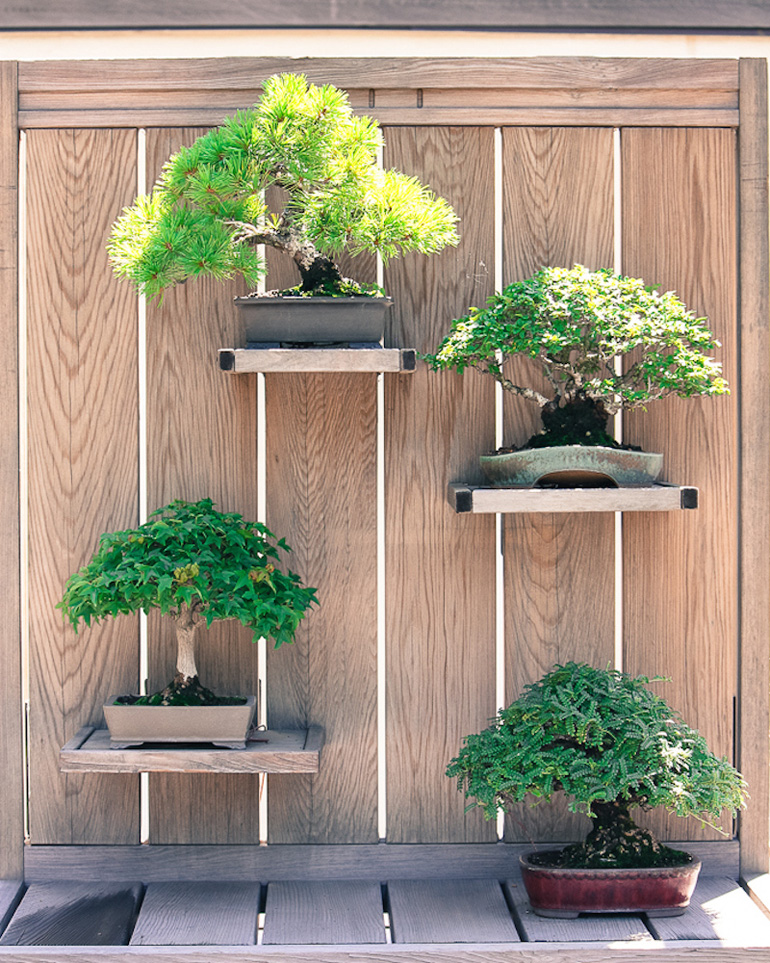
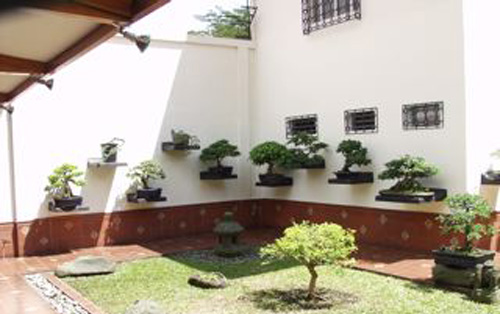

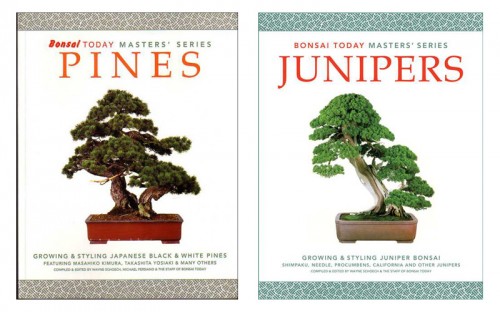
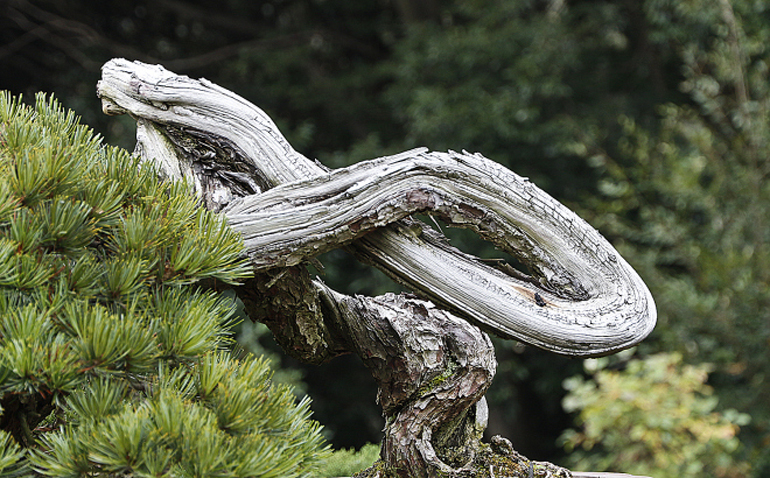

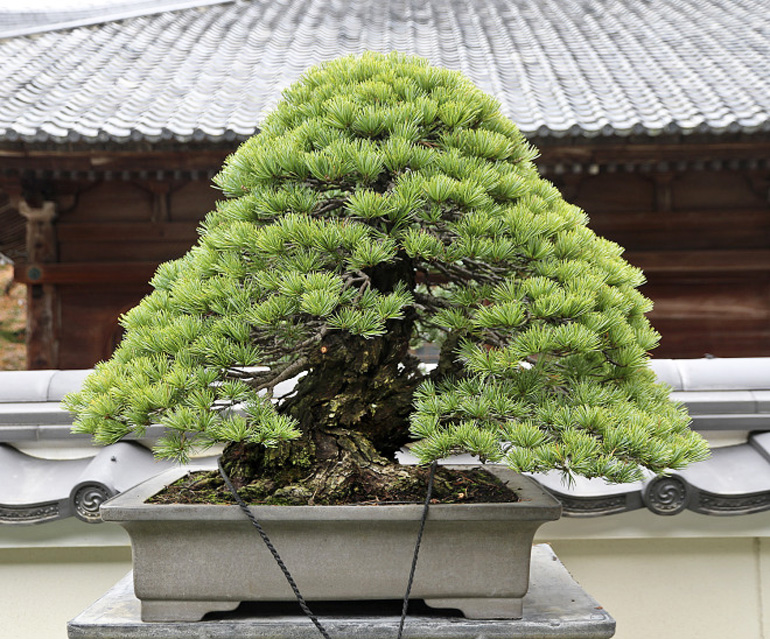

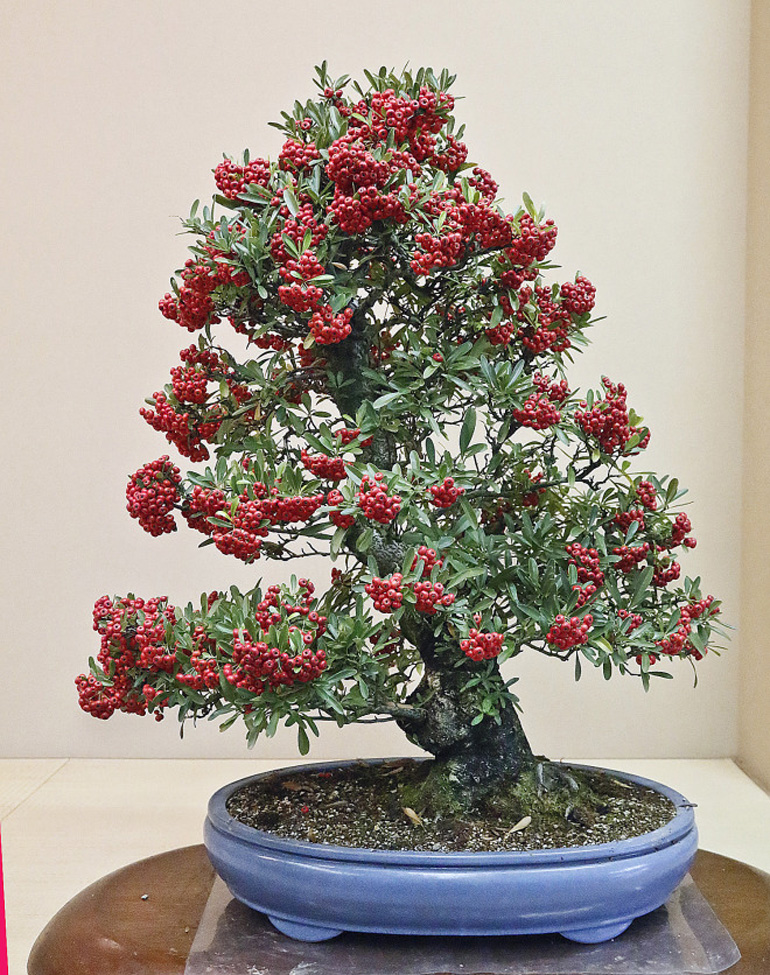
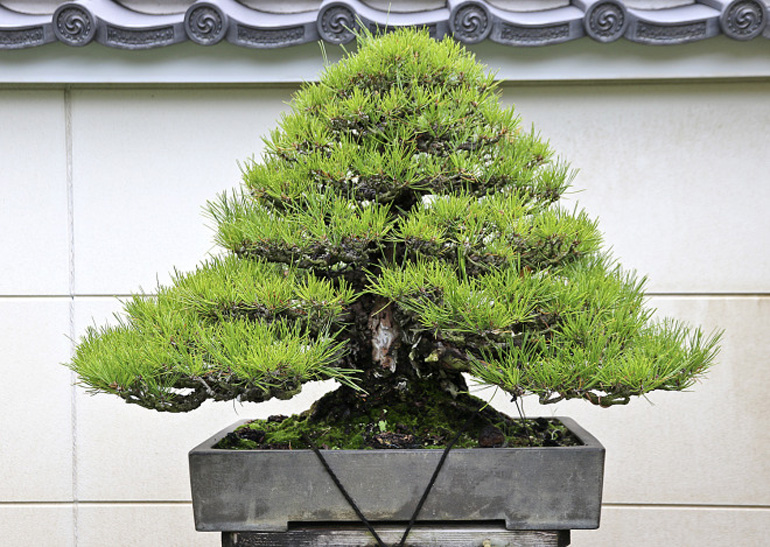
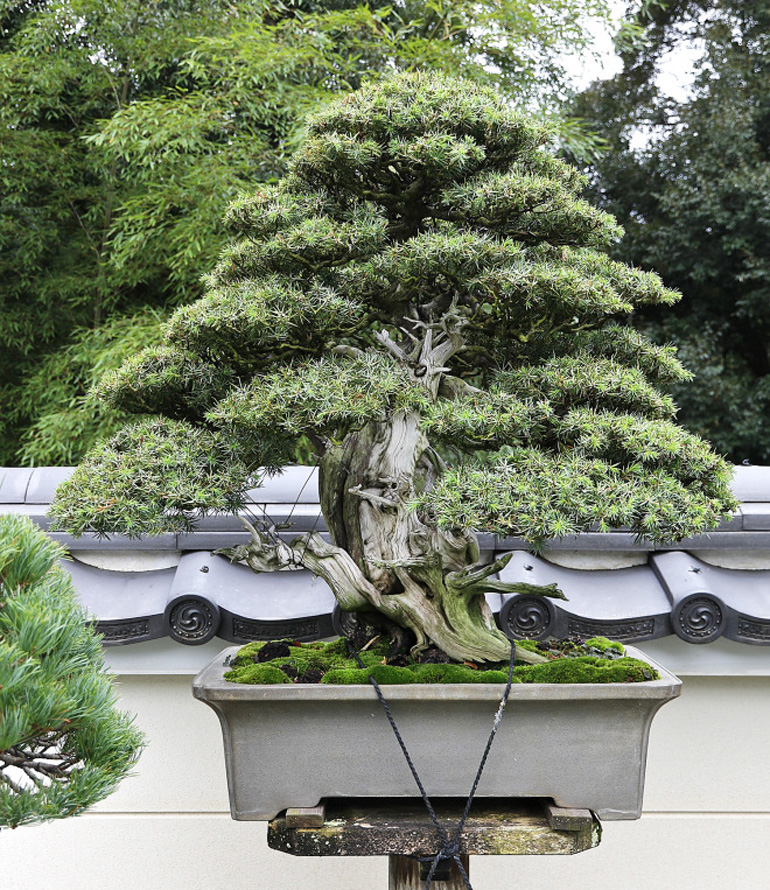
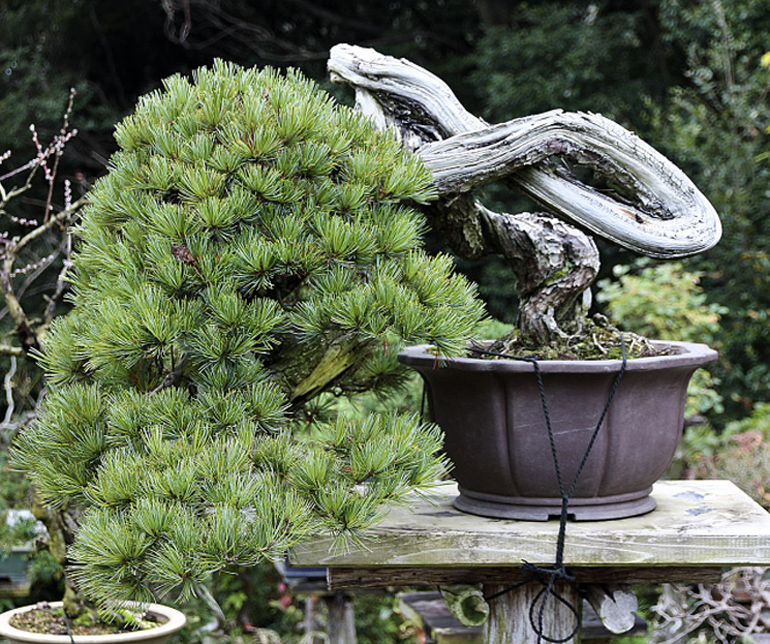
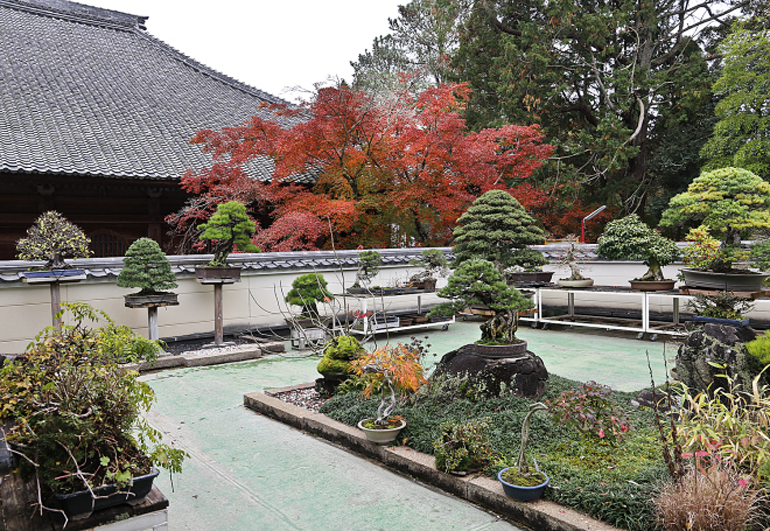
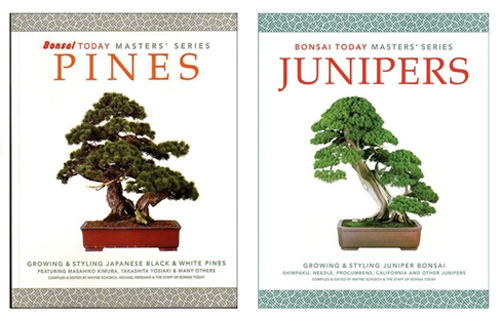
 We've shown this Harry Harrington privet before, but it's worth another look.
We've shown this Harry Harrington privet before, but it's worth another look.

 Here’s another Privet. Harry’s collected this one from a hedgerow. The melting pot is by
Here’s another Privet. Harry’s collected this one from a hedgerow. The melting pot is by 

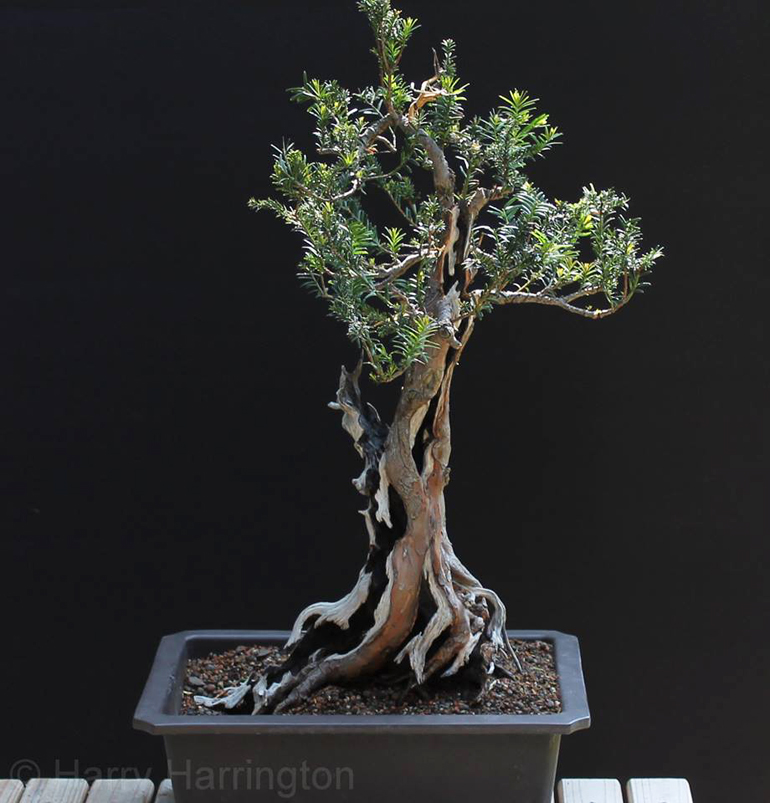
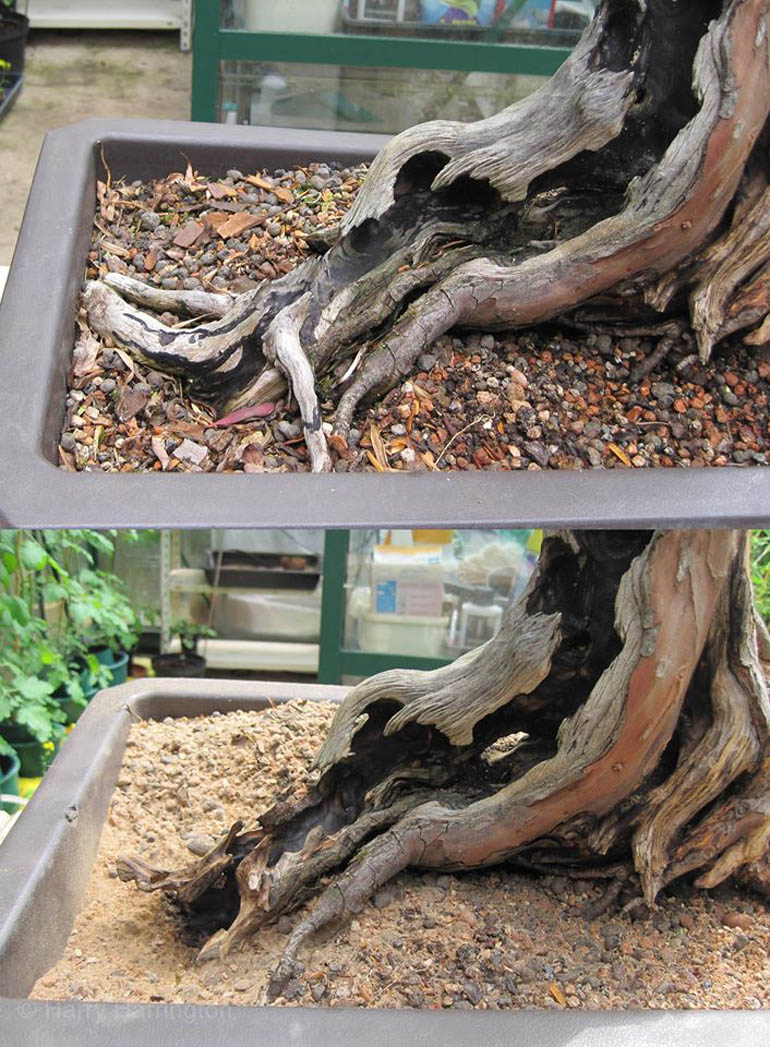 In this July 2013 before and after close up, Harry finds a solution to some extraneous roots (taken just before the shot above).
In this July 2013 before and after close up, Harry finds a solution to some extraneous roots (taken just before the shot above).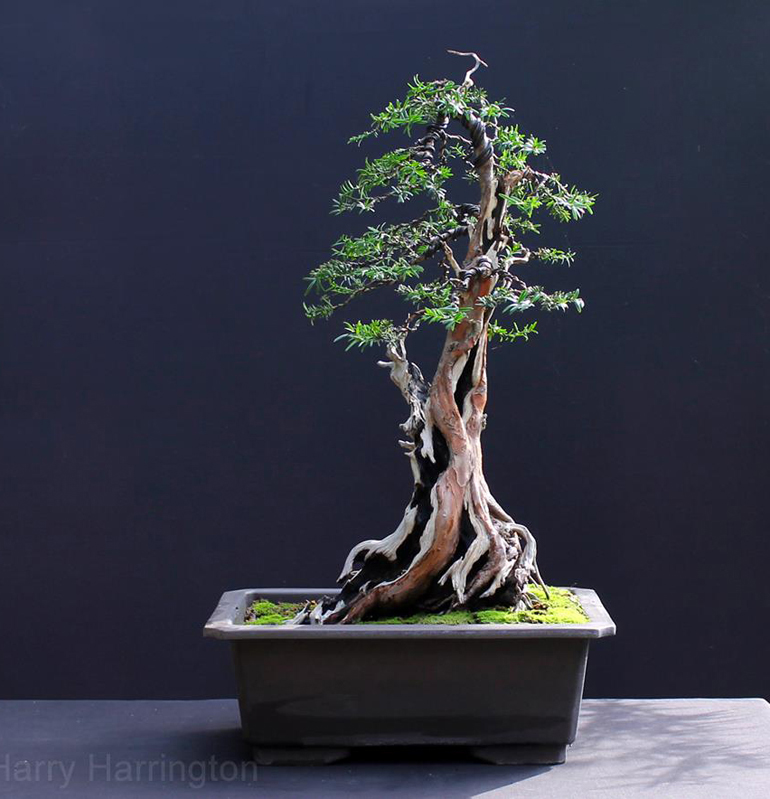
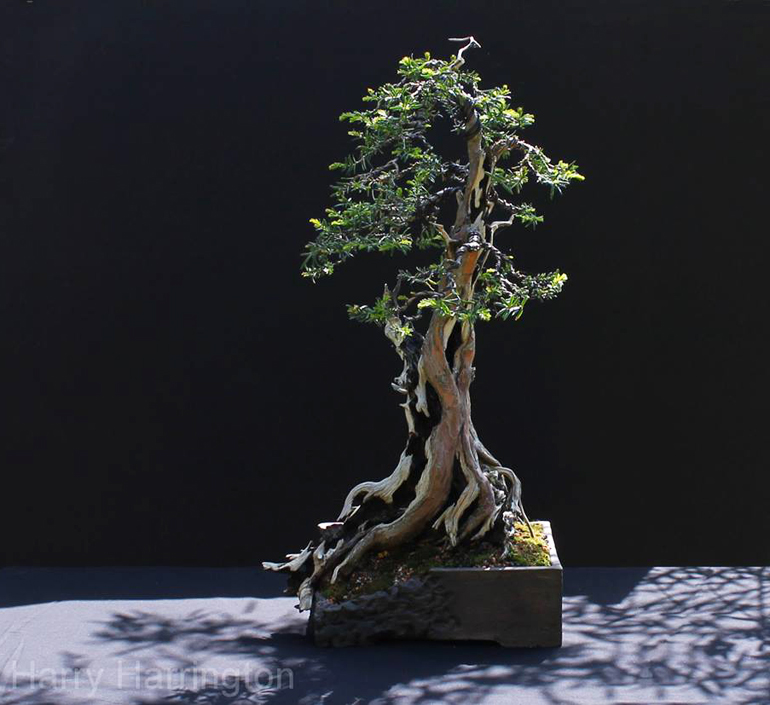
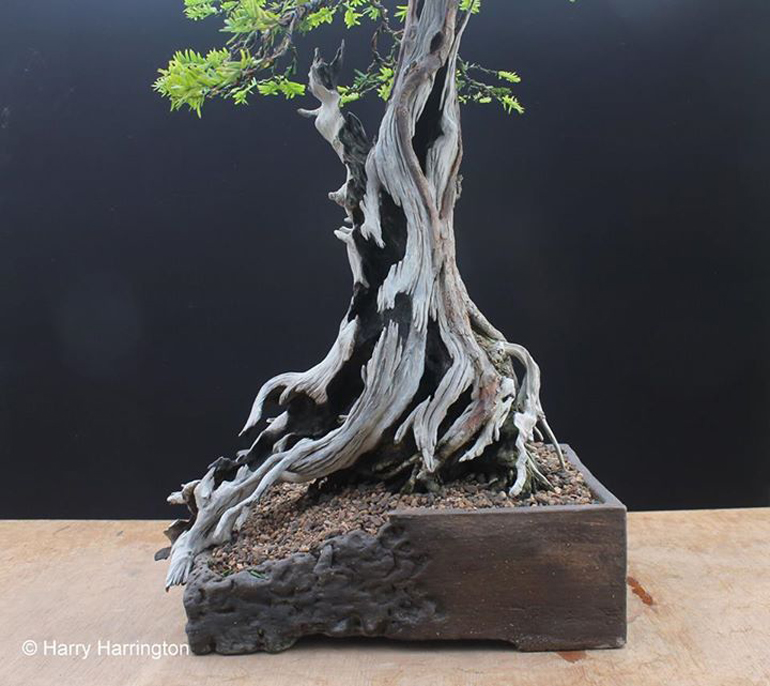
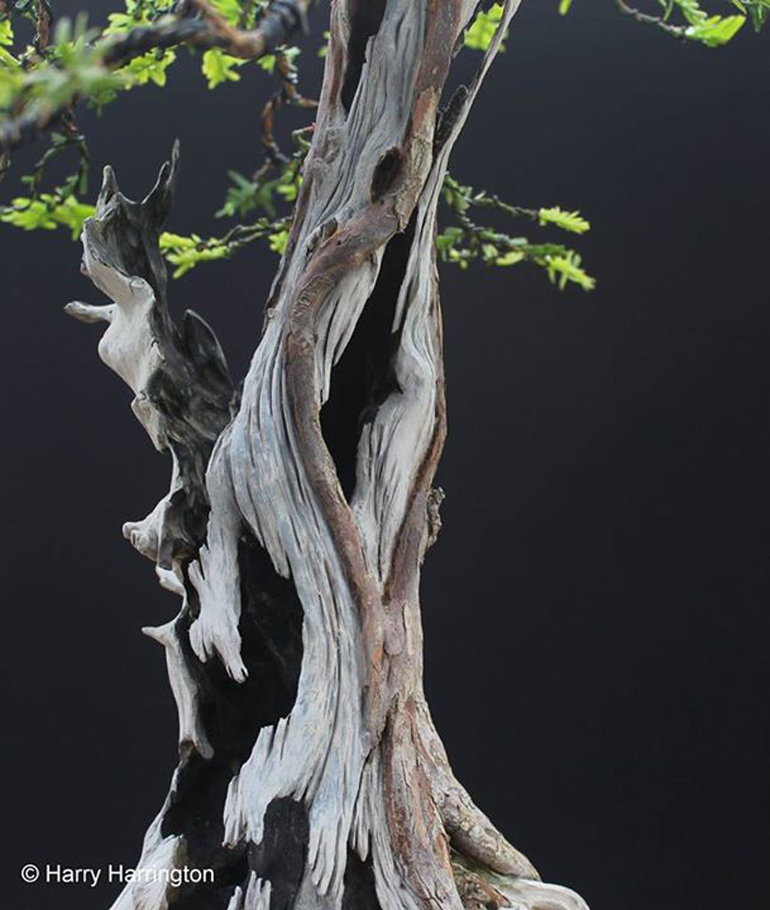

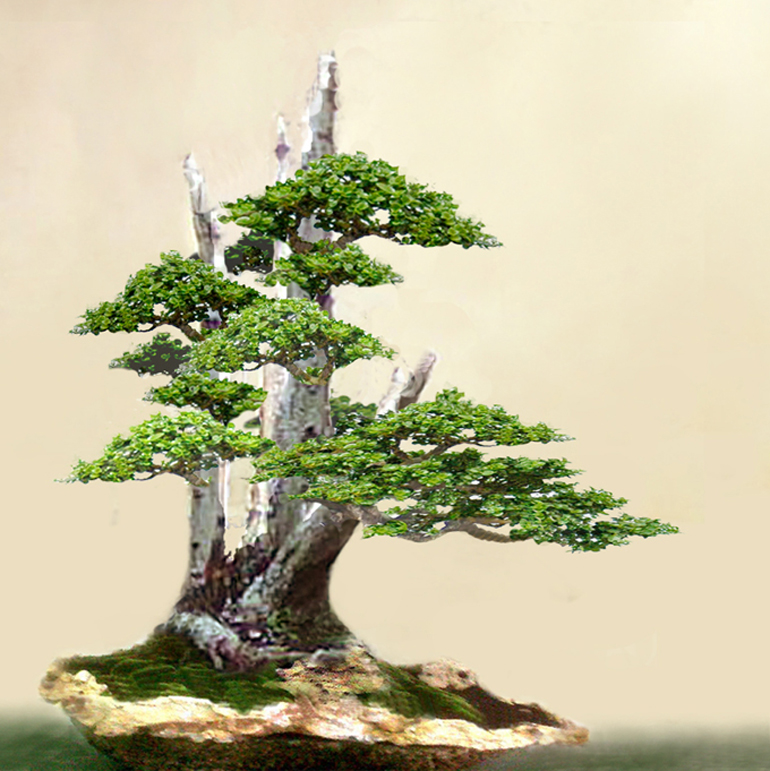 Robert Steven's simulation of a tree that was submitted by David Royinsyah (below).
Robert Steven's simulation of a tree that was submitted by David Royinsyah (below).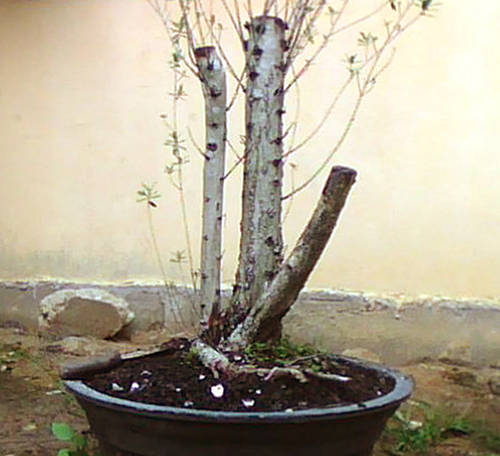
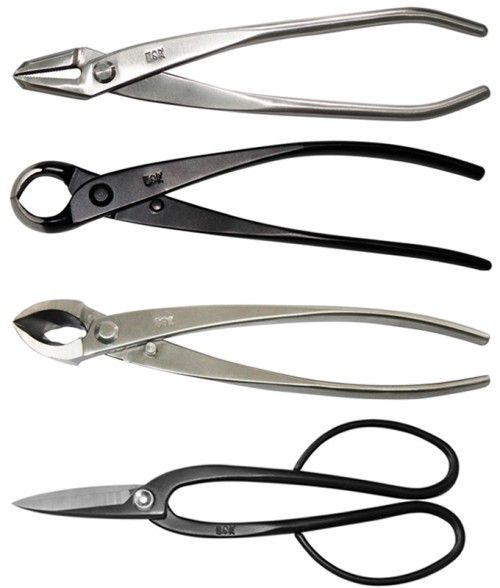

 Michael Hagedorn working at one of
Michael Hagedorn working at one of  Close up of the tree at the top. You could search for a long time and never stumble across a trunk as abundant in natural character as this one.
Close up of the tree at the top. You could search for a long time and never stumble across a trunk as abundant in natural character as this one.
